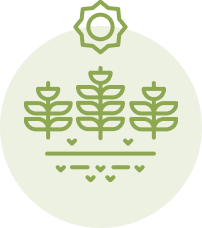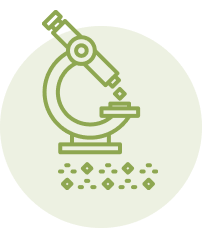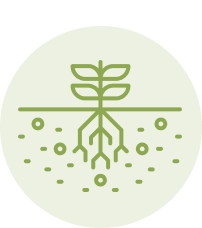-
Products
From lawn products, to garden mixes, to soil improvers, Earth Science has all of your needs covered.
View all products -
Expert Advice
Our team of experts at Earth Science share their tips and tricks for improving your lawn and garden.
View All -
Why Earth Science?
The thinking behind everything we do is simple – let nature do its thing
More About Us - Contact



